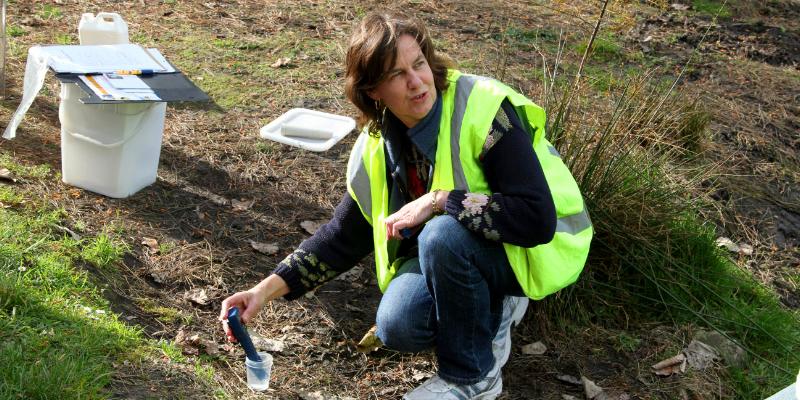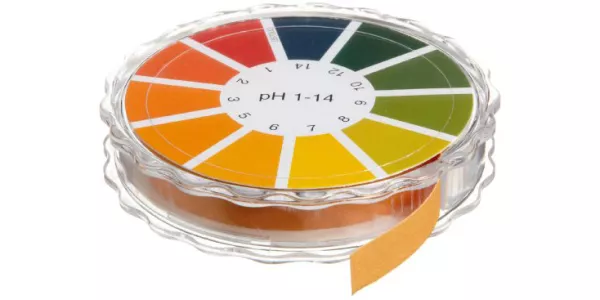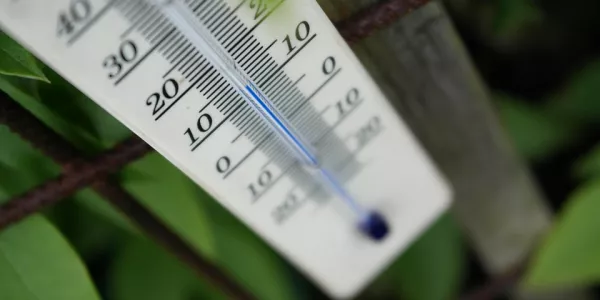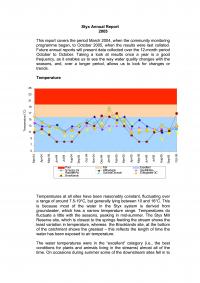Conductivity
Conductivity is a measure of the ability of the water to conduct an electrical current. This is dependent on the amount of electrically charged particles known as ions, dissolved in the water.
Conductivity is calculated in microsiemens per centimeter (μS/cm).
Guideline values for conductivity within a waterway are:
Excellent < 150 μS/cm
Fair 150 to 250 μS/cm
Poor > 250 μS/cm
Conductivity is also an indication of nutrient content in the water. Generally a higher conductivity value indicates greater enrichment within the stream. Exceptions to this will occur in streams that receive geothermal waters or are subject to tidal influences, as non-nutrient ions will be present in this type of water. The sodium contained in seawater is an example of a non-nutrient ion.How is conductivity measured?
Conductivity is measured using a battery-operated meter supplied in a SHMAK kit. The meter comes calibrated and ready for use.
To obtain a conductivity reading:
- Rinse out a small container with stream water
- Then, half fill the container with stream water from an undisturbed part of site
- Turn the meter ‘On’ using the On/Off switch. At this stage the LED display should read zero.
- Immerse the 2 metal probes in the water so that they are completely covered, and taking care that water does not go above the grey line.
- While the probes are still immersed, and once the display has stabilised (usually only a couple of seconds), read and record the figure showing on the LED screen.
- Remove the metal probes from the water and return the meter switch to the ‘Off’ position again.







